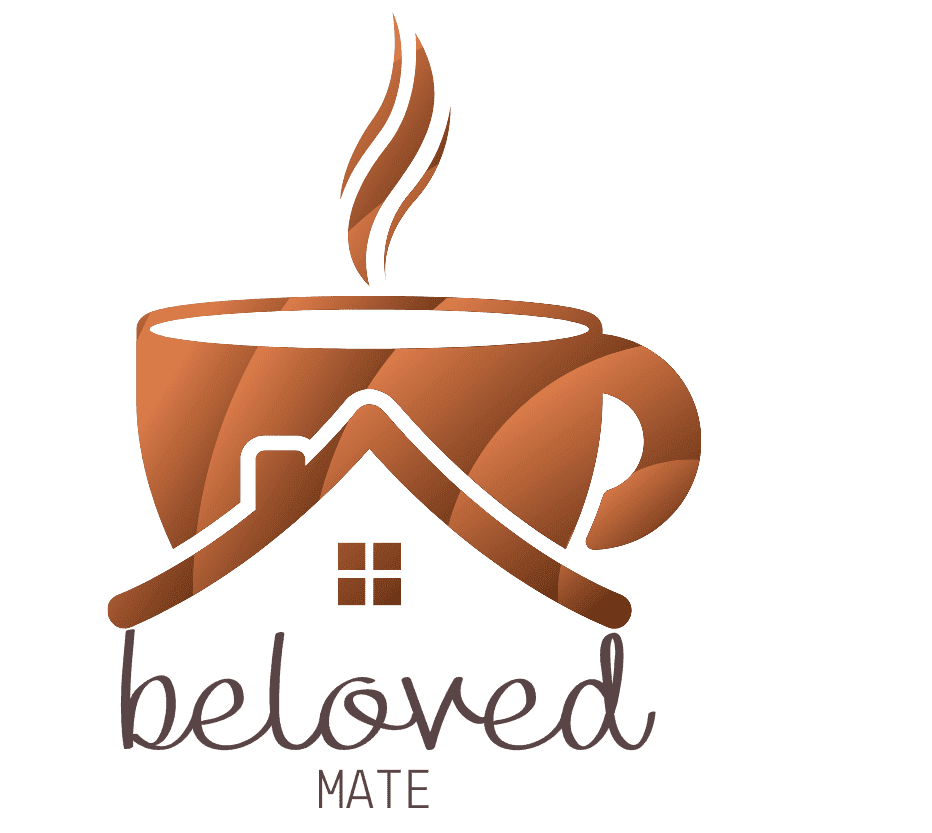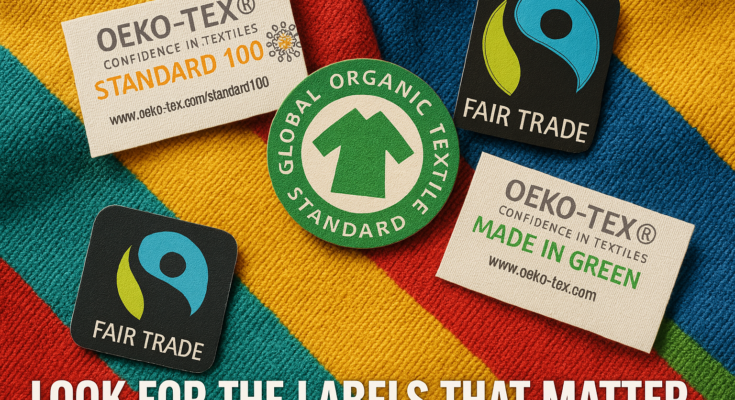Quality Certifications in Fashion: Your Guide to Smarter, Safer Shopping
When you slip into a new shirt or dress, you’re wearing more than just fabric—you’re wrapping yourself in a story of how it was made. Quality certifications in the clothing industry act like silent storytellers, revealing whether a garment was crafted ethically, sustainably, or with harmful chemicals. Let’s decode these labels and explore why they matter for your wardrobe and the world.
Why Do Clothing Certifications Matter?
Certifications are more than fancy logos on tags. They’re proof that a brand meets strict standards for safety, ethics, or environmental care. Think of them as a “nutrition label” for your clothes, answering questions like:
- Is this dye toxic?
- Were workers paid fairly?
- Is this cotton truly organic?
For brands, certifications unlock global markets (like the EU or U.S.) and build consumer trust. For you, they’re a shortcut to guilt-free shopping.
Top Certifications to Look For
- OEKO-TEX Standard 100
- What it means: No harmful chemicals (think lead, pesticides) lurk in the fabric.
- Why care: Critical for baby clothes and sensitive skin.
- Fun fact: Tests for over 350 toxic substances!
- GOTS (Global Organic Textile Standard)
- What it means: At least 70% organic fibers + eco-friendly production.
- Bonus: Ensures fair labor practices—from field to factory.
- Ideal for: Staples like organic cotton tees or linen dresses.
- ISO 9001
- What it means: The manufacturer has a top-notch quality management system.
- Why it’s everywhere: Used across industries, from tech to textiles.
- SA8000
- What it means: Workers’ rights are protected—no child labor, fair wages, safe conditions.
- Spotlight: Brands like Patagonia and Eileen Fisher champion this.
- Fair Trade Certified
- What it means: Farmers and garment workers earn living wages.
- Impact: Empowers communities in developing countries.
- WRAP Certification
- What it means: Factories meet ethical production standards.
- Global reach: Recognized in over 50 countries.
- Bluesign®
- What it means: Sustainable manufacturing with minimal water/energy waste.
- Eco-win: Reduces the fashion industry’s carbon footprint.
- Halal Certification (Rare but Growing)
- What it means: Fabrics avoid prohibited substances (e.g., alcohol-based dyes).
- Audience: Catering to Muslim-majority markets.
How Do Brands Earn These Badges?
- Apply: Submit paperwork to a certifying body (like OEKO-TEX or Fair Trade International).
- Audit: Experts inspect factories, test materials, and review labor practices.
- Comply: Fix any issues (e.g., switching to non-toxic dyes).
- Renew: Certifications expire, so brands must re-prove their commitment yearly.
The Price of Trust
Certified clothes often cost more—but for good reason. Organic cotton farming is pricier than conventional methods, and fair wages mean higher production costs. However, the payoff is safer clothes, happier workers, and a healthier planet. Plus, certified brands often last longer, saving you money over time.
Pro Tip: Next time you shop, look beyond the price tag. A GOTS or Fair Trade logo signals quality that respects people and the environment.


